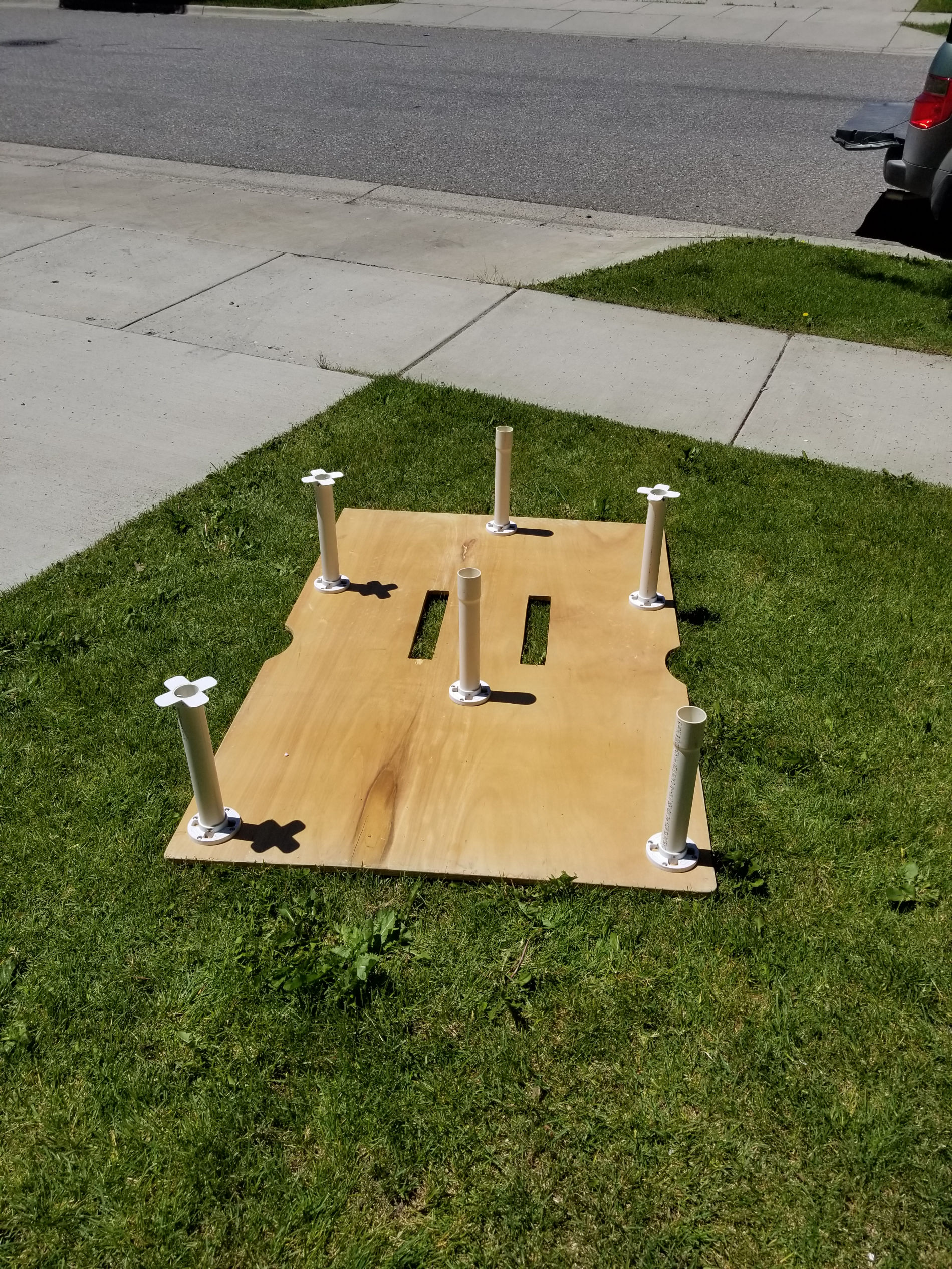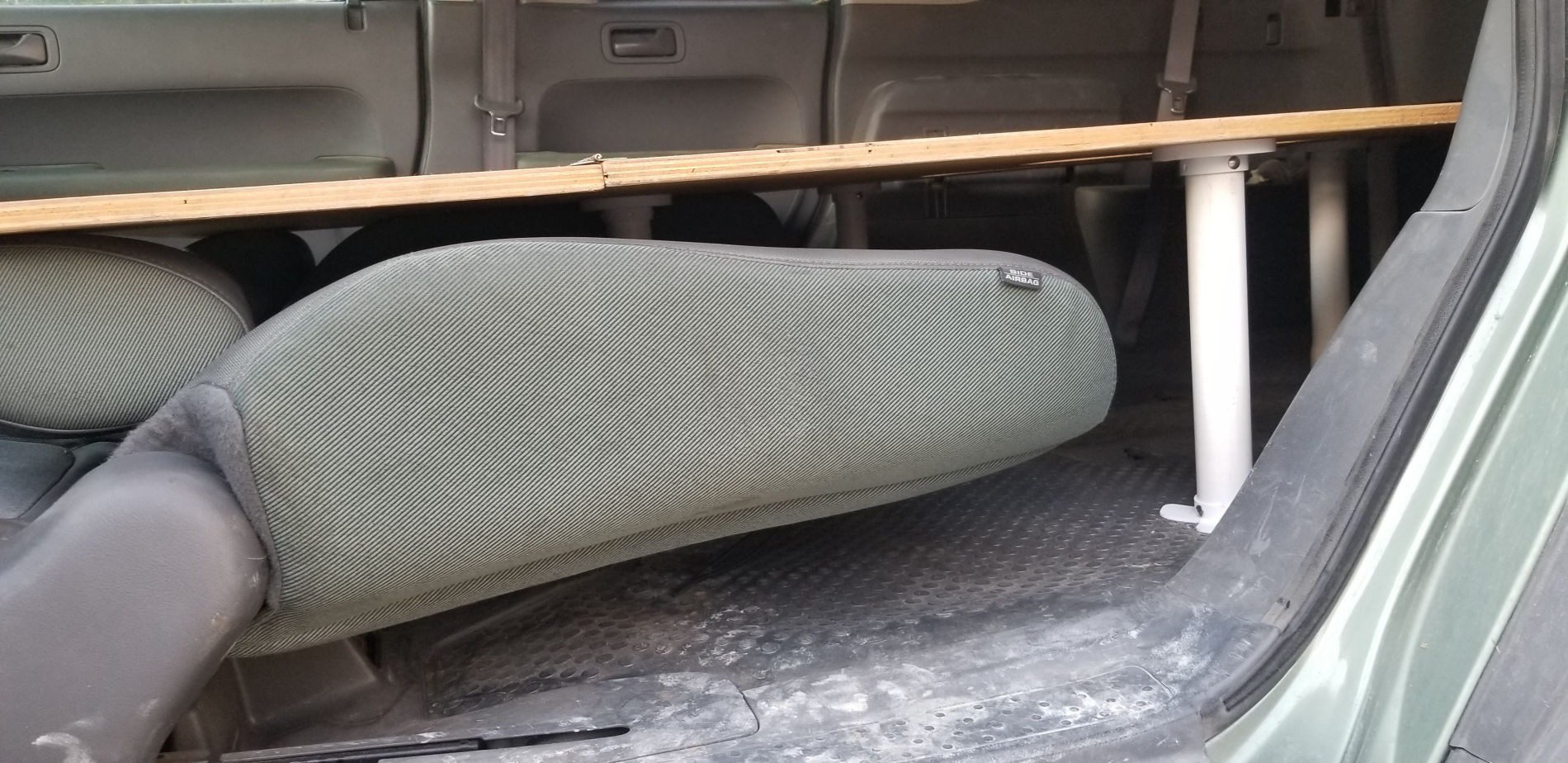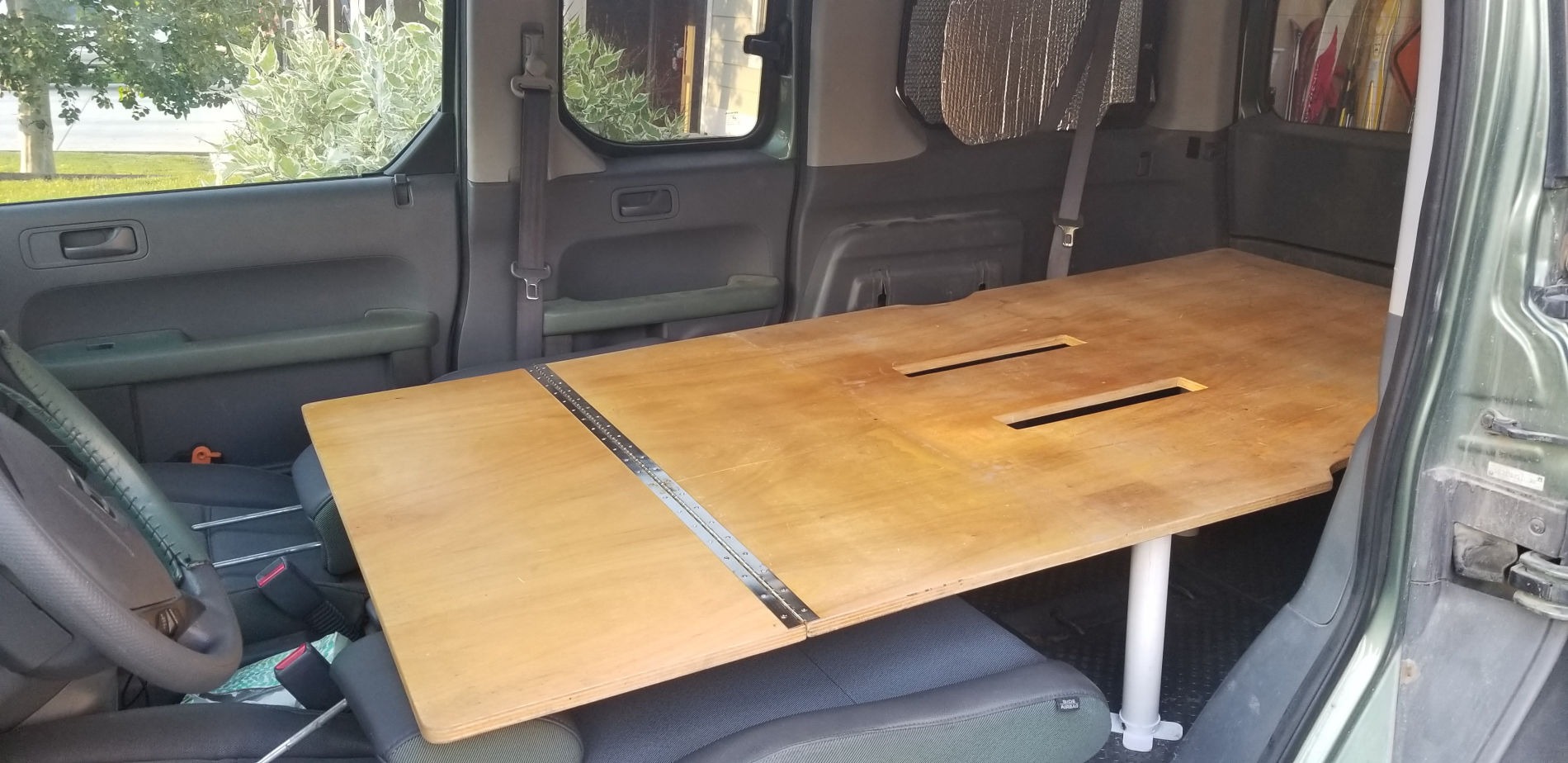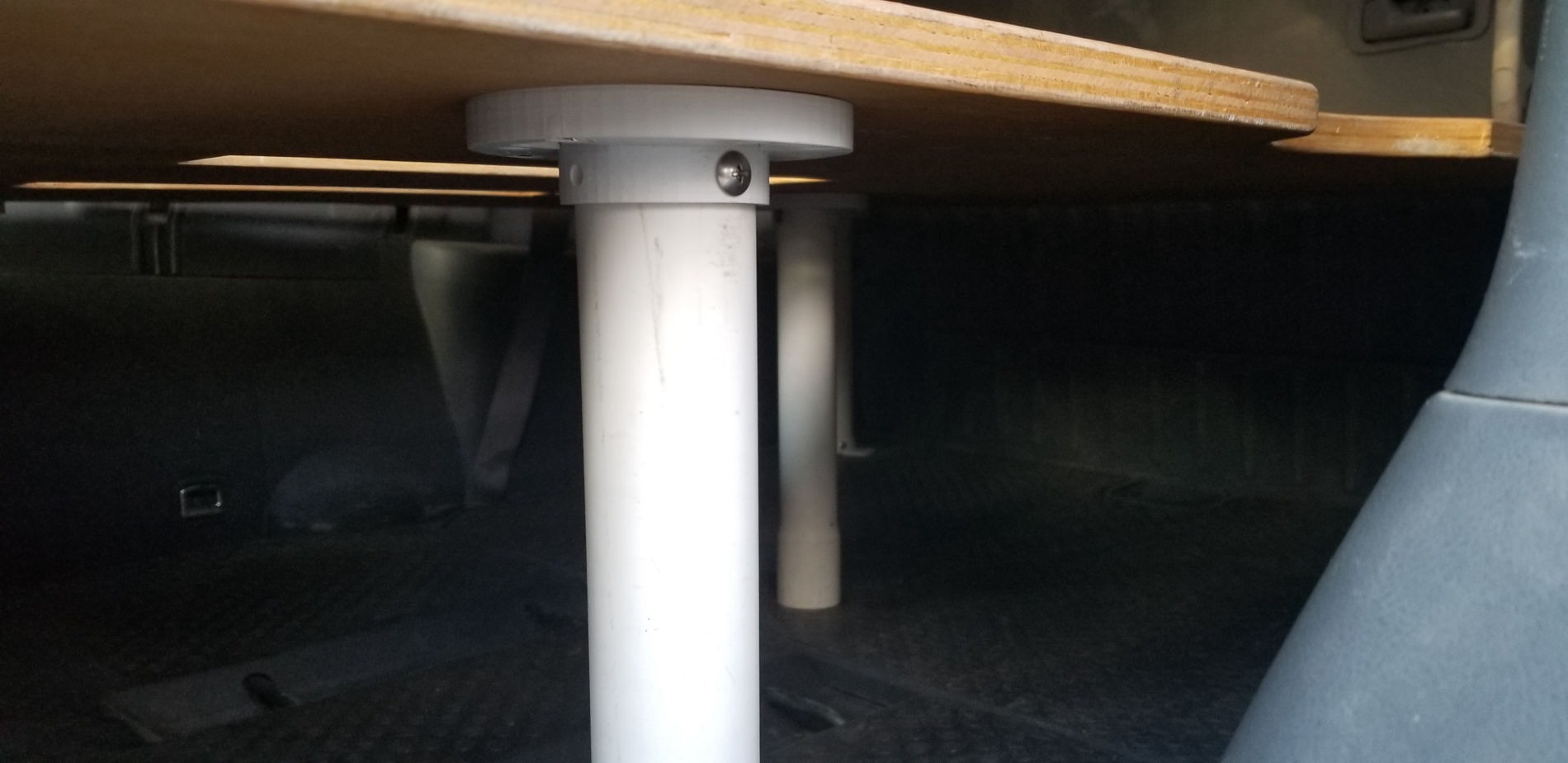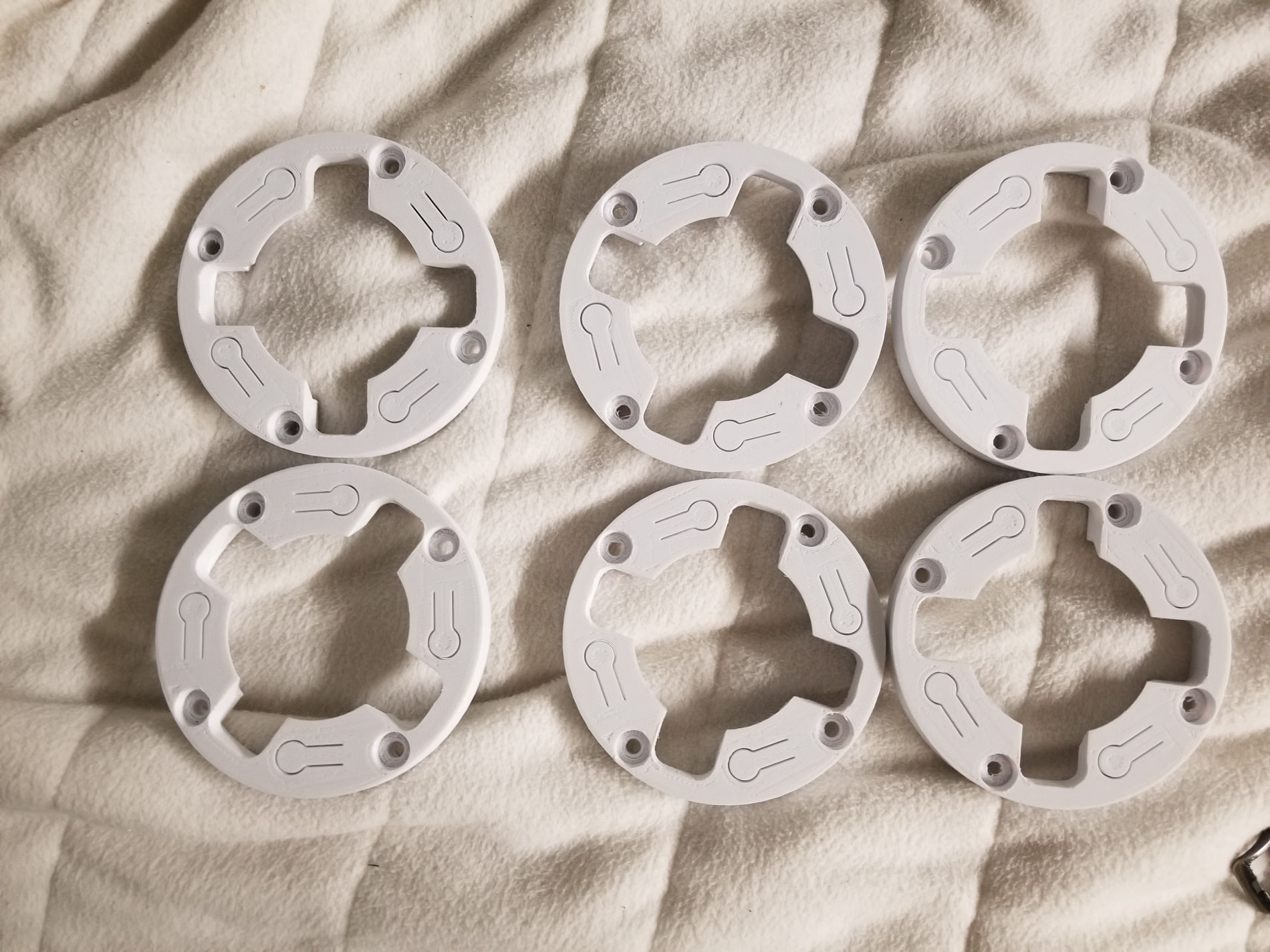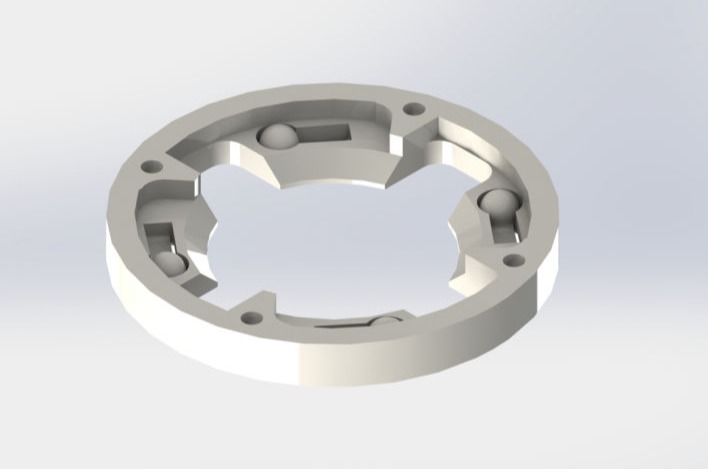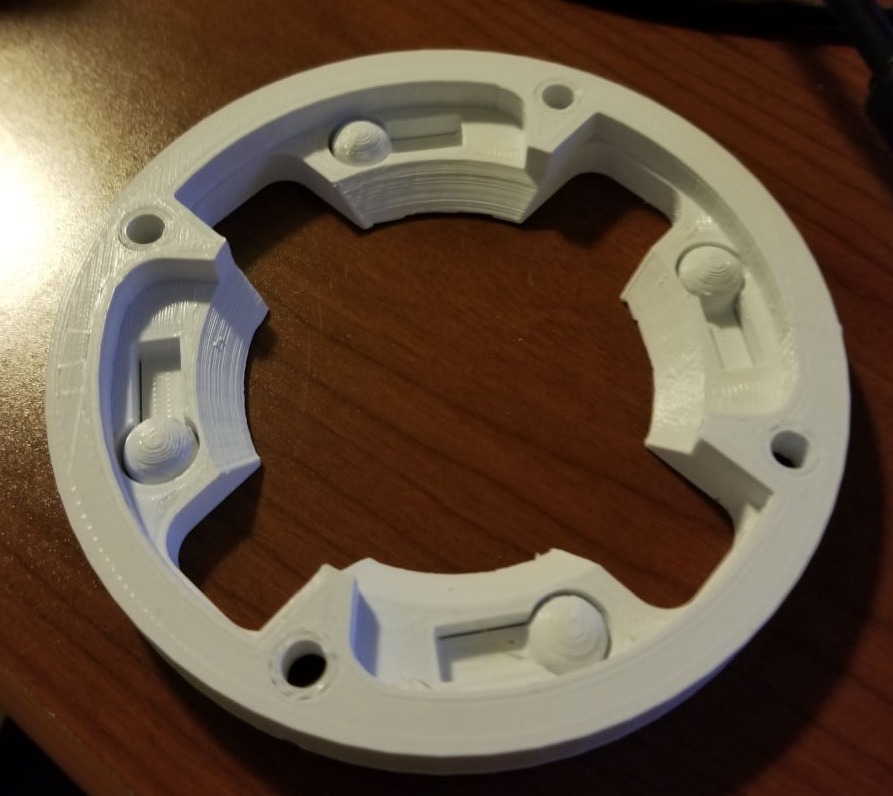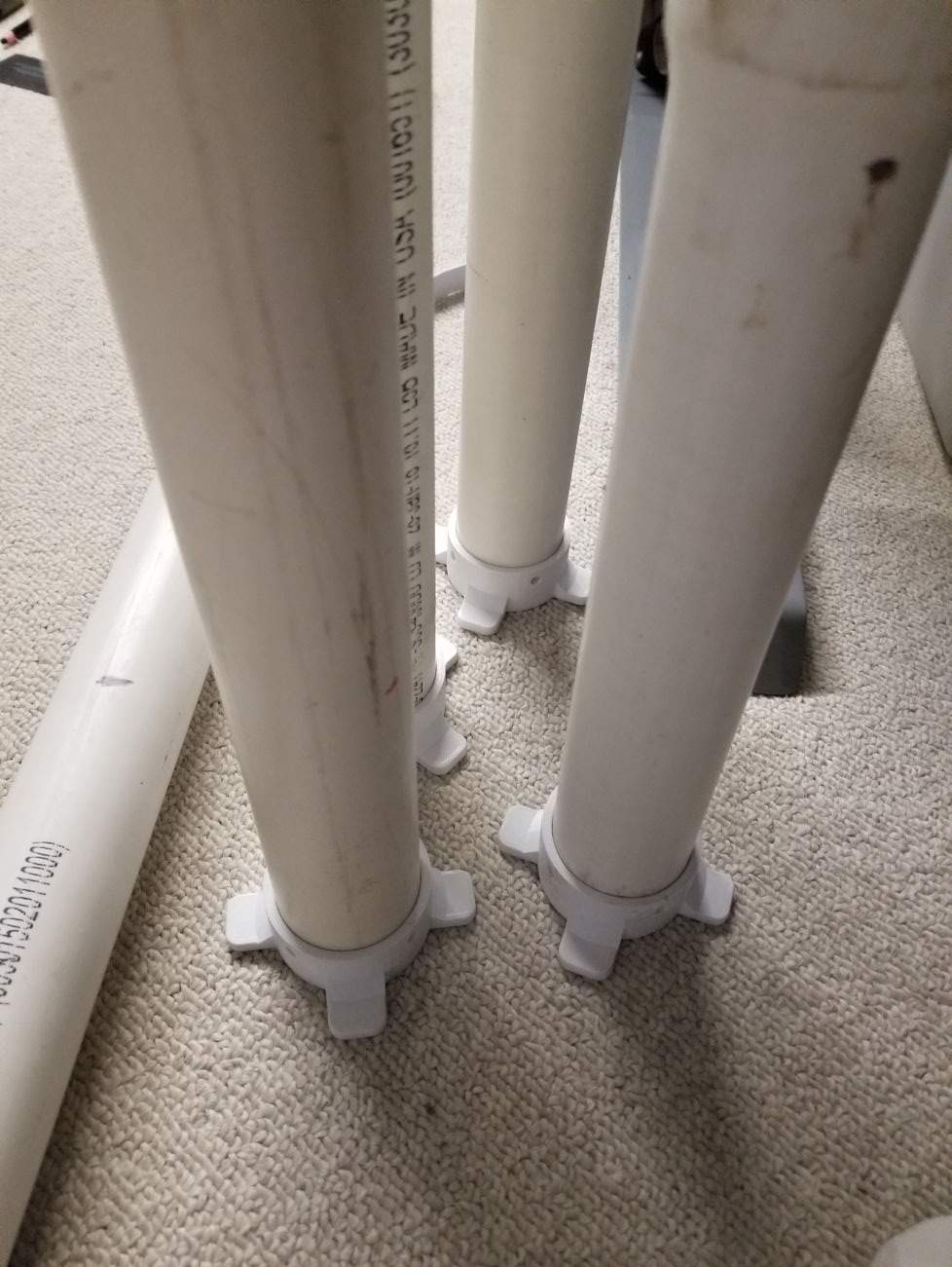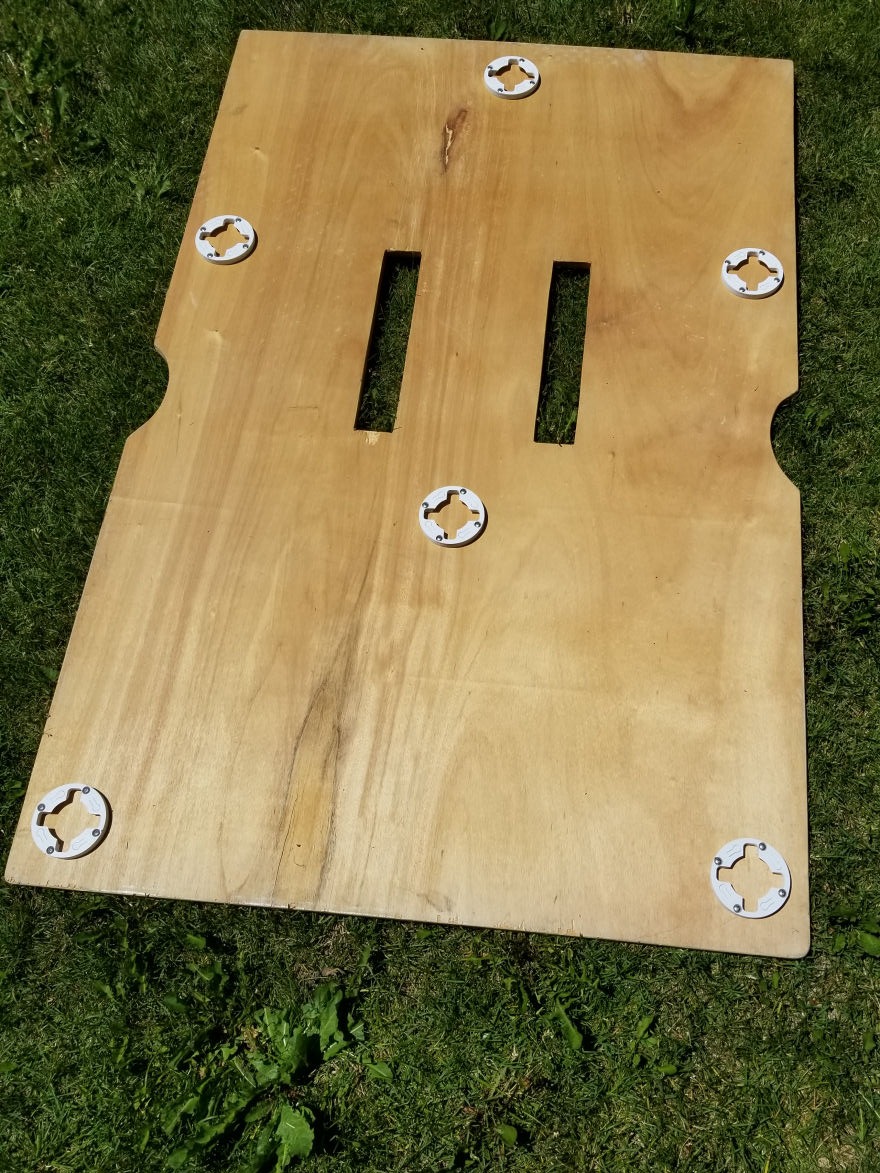Features

Extreme Storage
Using PVC pipe legs, the storage capabilities under the platform are expanded drastically, and everything stored under the platform is easily accessible.

Spacious
With dimensions of 80 inches long by 42 inches wide, the sleeping platform is comfortable for two with the back seats out, and cozy for two with the back seats in. In addition, the 13.5 inch raised platform provides ample room for storage underneath while also allowing for good headroom.
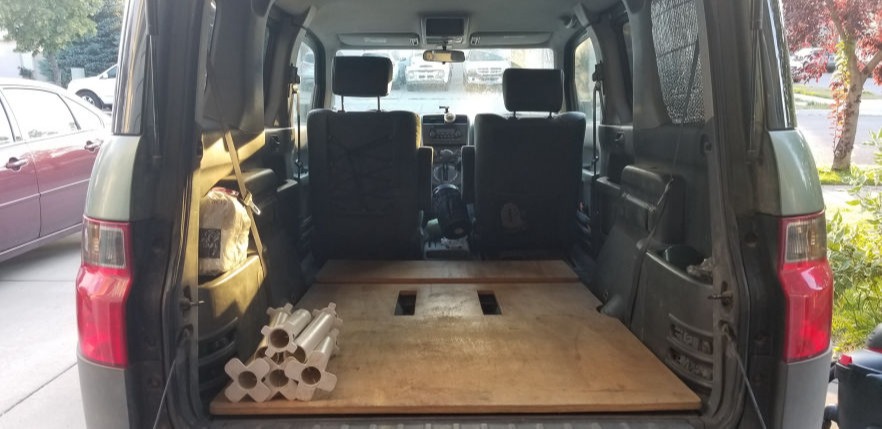
Ultra-Portable
The sleeping platform components remain in the Honda Element at all times, and since the platform supports are all PVC pipe, lots of additional space and weight is freed up both when the platform is deployed or inactive.

